
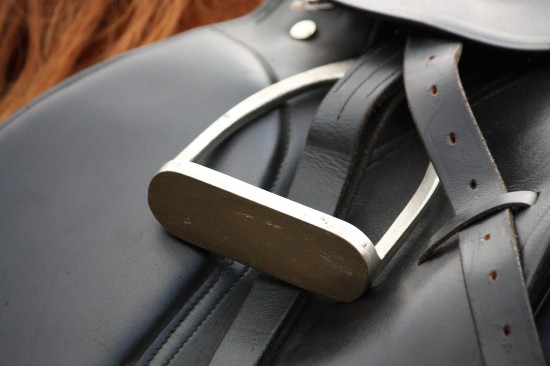
Unless you ride your horse bare back the saddle is the connection between your seat and the horse, keeping you both in the seat and more comfortable, and more importantly spreading your weight across your mounts back.
Over the years the saddle developed from a rudimentary blanket through to the various parts and types that we know today.
Horses were probably being ridden a long time before the invention of what we’d recognise as a saddle. Although as with all archaeology the issues are the survival of artefacts, clothes and leather fashioned into basic saddles are unlikely to survive in the archaeological record. We know that by 700 BC the Assyrian Cavalry had a rudimentary padded cloth that was fastened with a girth and breast strap as well as a crupper. These saddles rapidly became a status symbol with more and more ornamentation being added to the basic padded saddle cloth.
The Romans were using saddles with basic trees in the first century BC, but if the tree was one of the most important steps in the development of the saddle, the stirrup was the most important step in warfare until gun powder was invented. The stirrup was a major development in the use of a horse as a weapon of war.
Stirrups first appeared in the 2nd century BC in India, and were wide spread in China by the late 5th century AD where they then spread to Europe.
Based on a solid tree that is traditionally built of layers of laminated wood, and a steel reinforced front arch and steel reinforcement around the rear edge. Padding and leather are then added over the tree which may have steel bars running from front to rear between the bars, Known as spring trees these can be more flexible. Modern materials are being used more often, including Polyurethane and fiberglass, although the quality can vary widely.
The saddle will be covered in leather and stuffed with padding, the higher quality saddles still use the traditional leathers such as cow hide and wool flock stuffing, although modern materials are being used more often.
There are numerous variations on the English saddle which is distinct from other types in that nothing rises higher than the tree.
Also known as the general or all-purpose saddle it has a deep seat and a forward flap with some padding for when the rider is jumping.
Also called a forward seat or a close contact saddle the jumping saddle has a forward cut flap allowing for a shorter stirrup length, the flap often has supportive padded knee rolls. The balanced of the seat is commonly further back and seat itself is completely flat with a low pommel and cantle so as not to interfere with the riders jumping position.
As the rider is only going to work on the flat the seat of the dressage saddle is much further forward and the flaps further back and much straighter to take in account the longer riders leg length. The girth is normally further forward closer to the horses elbow to ensure there is no interference with the leg aids. There is also little padding around the calf to allow more freedom of movement for the rider.
Designed to give both the horse and rider a more comfortable and balanced ride over long distance. The saddle panels are wider to spread the riders load and the stirrups are wider. There are also normally D-rings or similar so the rider can attach things to the saddle on long rides.
Originally developed as a military and later a police saddle this form is ideal for riders that enjoy longer rides with their horses.
Now more of a historical fact than a practically used saddle the side saddle was used by female riders before women wore trousers commonly, and when it was morally unacceptable for women to ride astride. Now side saddles are more used as a speciality saddle.
Designed to be as light as possible and to allow the stirrups to be as short as possible with the flaps much further forward. The long seat is extremely flat over all.
Known as a cowboy saddle, roping, rodeo and a host of other names the western saddle was developed from the Spanish and later the Mexican saddles. With a Horn at the front to allow the rider to handle cattle roping and similar practises, and normally a higher cantle. They are extensively decorated and have no padding between the tree and the external leather and requires a saddle blanket for the horses comfort.
The stirrups of a Western saddle so not detach in emergency, but the high heeled boots commonly worn in theory stop the rider’s foot from slipping through the stirrup and the rider being hung up. The Girth is also either knotted or buckled into place.
In general the Western saddle was designed for an individual to be comfortable for hours at a time in the saddle, whilst if speed is an issue the English saddles are more suitable.
 Tips and Tricks for You to Keep Your Rabbit Hutches Clean and Tidy
Tips and Tricks for You to Keep Your Rabbit Hutches Clean and Tidy
 How to Keep Your Dogs Contained
How to Keep Your Dogs Contained
 Bite Inhibition - How To Stop Your Puppy From Biting
Bite Inhibition - How To Stop Your Puppy From Biting
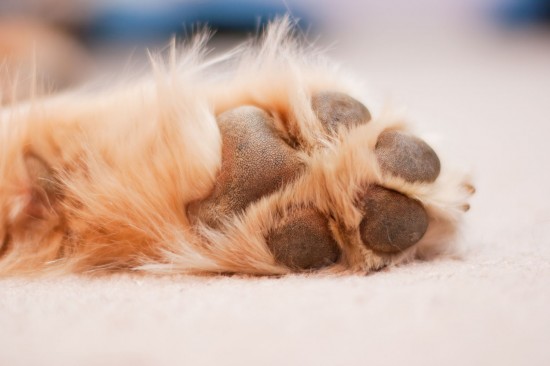 Canine Chiropody - Paw, Pad And Claw Injuries And How To Prevent Them
Canine Chiropody - Paw, Pad And Claw Injuries And How To Prevent Them
 Jumping Up to Say Hello
Jumping Up to Say Hello
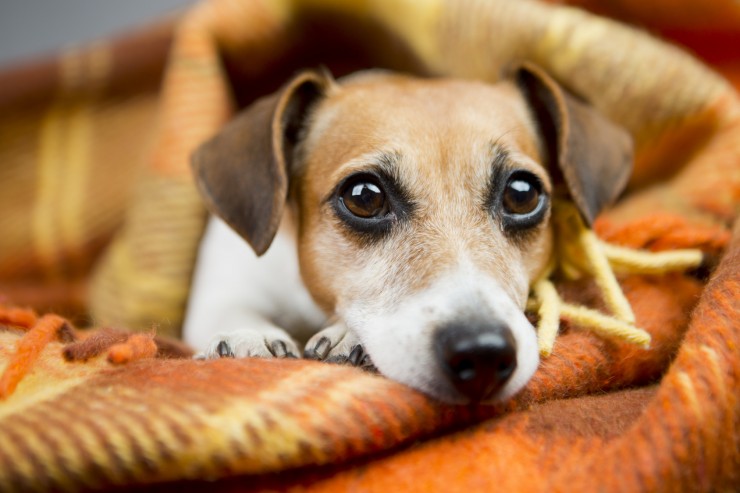 Six Big Mistakes Owners Make That Lead To Unhappy Dogs
Six Big Mistakes Owners Make That Lead To Unhappy Dogs
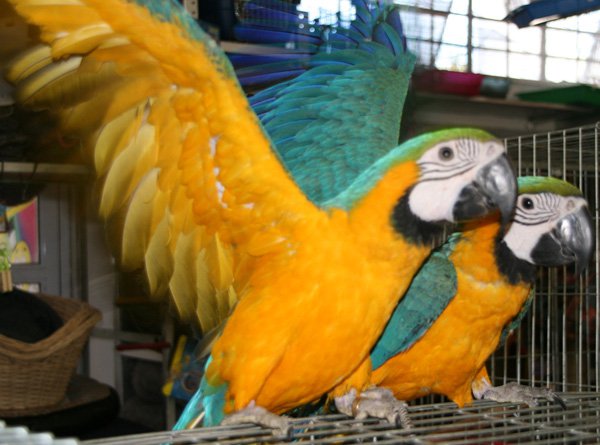 Dogs are way better than us!
Dogs are way better than us!
Dogs are stunning
Dogs are way better than us!
Dogs are way better than us!
Dogs are stunning
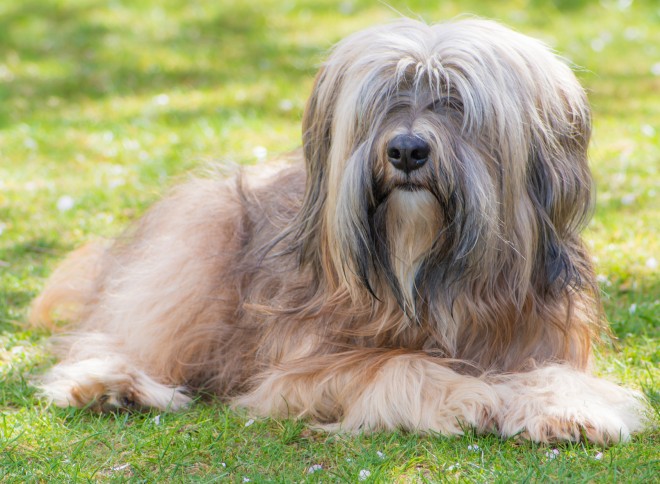 Tibetan Terrier Hereditary Health And Longevity
Tibetan Terrier H
Tibetan Terrier Hereditary Health And Longevity
Tibetan Terrier H
 Water Fun & Safety With Your Pet
Memorial Day is fast approaching and for many Americans that
Water Fun & Safety With Your Pet
Memorial Day is fast approaching and for many Americans that
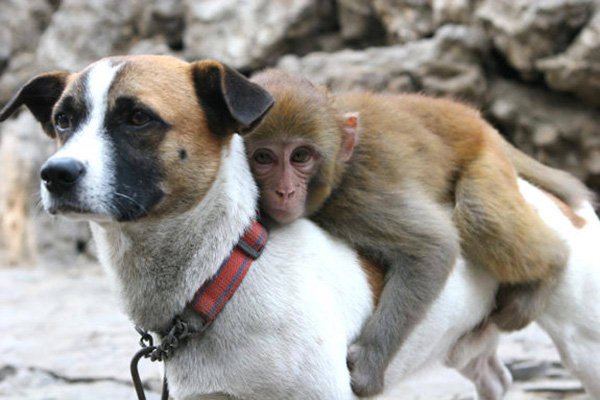 High Quality Timber Chicken Houses For Your Poultry Flock
High Quality Timber Chicken Houses For Your Poultry Flock
High Quality Timber Chicken Houses For Your Poultry Flock
High Quality Timber Chicken Houses For Your Poultry Flock
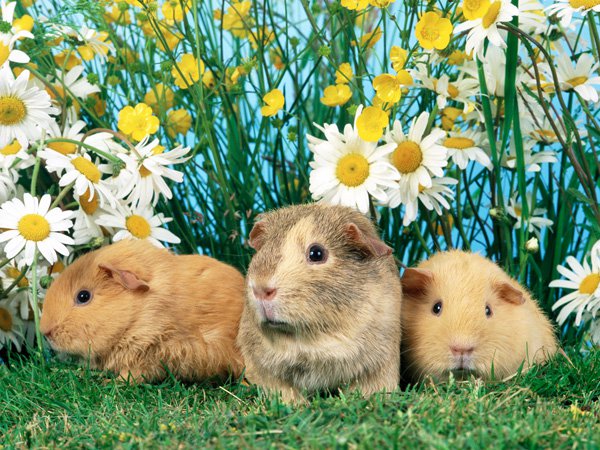 Tips to choose the most suitable Veterinarian
Tips to choose the most suitable Veterinarian
Tips to choose the most suitable Veterinarian
Tips to choose the most suitable Veterinarian
Copyright © 2005-2016 Pet Information All Rights Reserved
Contact us: www162date@outlook.com